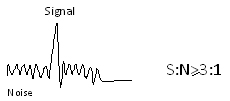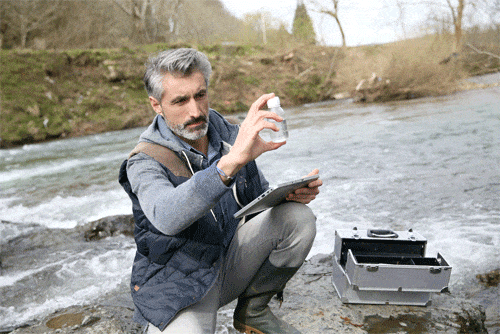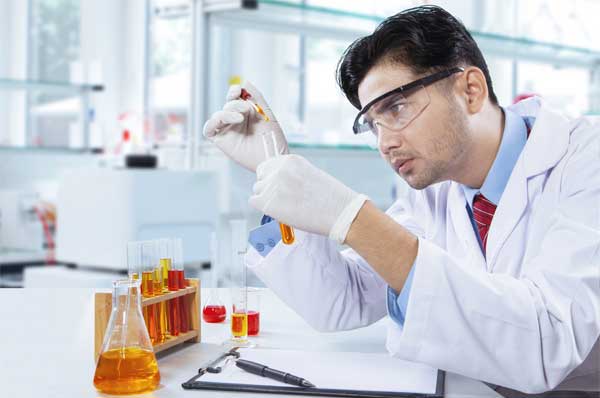What are important considerations for trace metal analysis?


Trace metal analysis is referred to as analysis of elements in different matrices at levels below one ppm. The article Which technique should I use for trace metal analysis is a refresher on the common techniques used for trace metal analysis.
Trace metal analysis has posed a perpetual challenge to skills of the analytical chemist because such analysis poses several problems which can be overcome only if proper analytical conditions and care are exercised throughout the analytical determinations. The potential sources of errors and suggestions on how to overcome them are discussed briefly in the present article.
Sample Collection
Preferably the chemist should be himself involved in sample collection as he is aware of the potential sources of contamination and sampling errors. It is also important for the analyst to have prior knowledge on the sample, matrix composition, required detection levels, stability of sample during storage and properties of storage containers. If sampling is left solely in the hands of undertrained persons then attempting trace metal analysis is a waste of time and effort.
Sample Storage
Samples should be stored only in recommended containers to avoid contamination during storage. Inert containers such as non-wettable PTFE should be used for long time storage. Temperature during storage should be maintained between 4°C to -18°C whenever specified.
Sample Preparation
Sample preparation is the most susceptible stage of trace metal analysis. First and foremost a clean room environment is a must for trace metal analysis. Potential sources of errors during sample preparation are:
- volumetric glassware contamination
- serial dilutions
- use of substandard reagents and acids
- reference standards without traceability records
Analyst Training
Lack of analyst training can contribute to errors. The analyst should be familiar with the operation, calibration and validation of the instrument and should take all precautions when handling samples as working without adequate protection the analyst himself/herself is a potential source of sample contamination.
It can be seen that trace metal analysis can provide reliable results only if the recommended conditions for analysis are maintained. It should only be attempted if required facilities are available and the laboratory is fully equipped to prevent cross contamination due to the environment and materials used for testing.





Responses